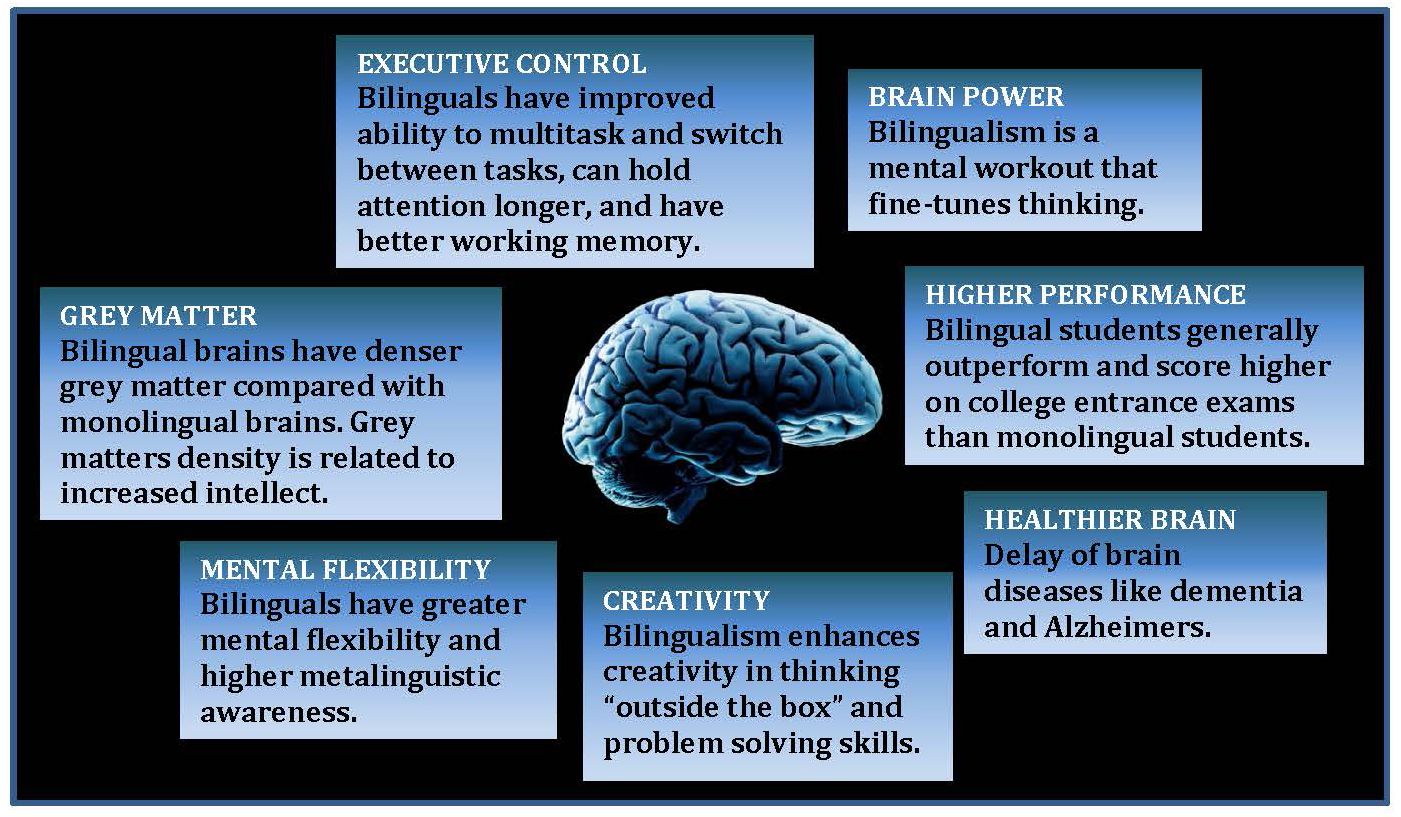
(Baron, 1990 Crawford, 1991 Auerbach, 1993).Each wave of immigration considered speaking English part of the process of assimilation. The monolingual approach took precedence in language learning. This phenomenon was due to emphasizing writing competence rather than speaking competence.įrom the 19th century, there was a reversed phenomenon and speaking became more important that writing. Historical view of L1 and L2 use in language classroom When teaching L2 (English)as a second language began several hundred years ago, using the target language was well accepted (Auerbach, 1993).
#Monolingual approach how to#
To conclude a format will be introduced showing strategies of when and how to use students' native language and strategies how to limit the use of L1 use in order to maximize the use of L2.


A brief historical background of both approaches will be presented including the pros and the cons of L1 bilingual approach and the L2 approach.Įmphasis will be made showing that L1 helps target language learning. All circumstances need to be taken under consideration to determine what is best for learners (Atkinson, 1993).A brief historical background of both approaches will be presented including the pros and the cons of L1 bilingual approach and the L2 approach. The teaching approach depends on the teachers and the parents. The importance lies in deciding what is the best teaching method and whether or not L1 should be used in teaching. Parents and governments have the tendency to favour only an English language teaching syllabus but there are teaching professionals who advocate that teaching using only L2 may not be the most efficient and profitable way of teaching. Learning English by using the mother tongue has been considered a less efficient method in some countries. "Monolingual approach is teaching English by only using English and the bilingual approach is teach the target language which in this case is English (L2) using both the mother tongue (L2) and the target language.(L2)" (Atkinson, 1993 Edstrome, 2006). As learning English has become more popular in many countries, teachers have asked whether it is better to teach English through a monolingual approach or a bilingual approach. Government policies across the world such as ‘Teaching English through English’ (TETE) had begun in Korea (Nunan, 2003 Kang, 2008). They have seen the importance of upgrading their language teaching skills.

As our world has become smaller, more countries have recognized the importance of English becoming an international language.


 0 kommentar(er)
0 kommentar(er)
